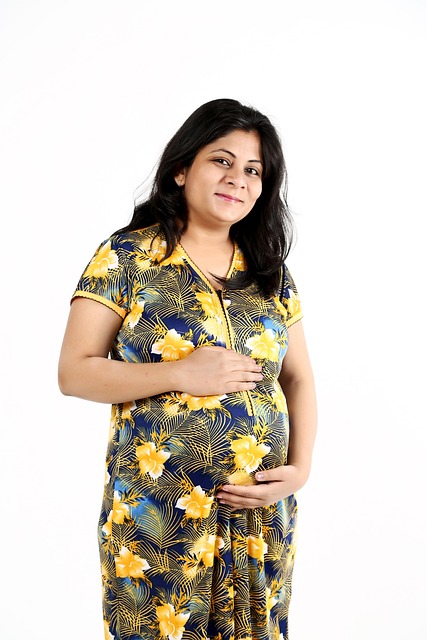Recently, an online retailer drew significant criticism for an advertisement featuring a thin model awkwardly positioned in a single leg of a pair of plus-size shorts. This image, intended to promote the shorts, has raised alarm for its blatant insensitivity toward plus-size individuals. The model’s entire body being crammed into one leg of the shorts not only undermines the dignity of plus-size consumers but also perpetuates harmful stereotypes surrounding body image.
In our current society, where body positivity is an ongoing conversation, it’s disheartening to witness such blatant fat-shaming. The underlying message of using a petite model to represent plus-size clothing suggests that the retailer finds it unacceptable to showcase these garments on actual plus-size bodies. This is a troubling perspective, especially considering that individuals of all sizes deserve to see themselves represented in fashion advertisements.
The retailer, known for its low-cost offerings, advertised these faux leather shorts at a mere $10, which would normally appeal to buyers in the plus-size demographic. However, the promotional image fails to accurately depict how the shorts would fit or look on a plus-size figure—rendering the advertisement almost useless. Alternative representations, like displaying the shorts on a mannequin or through digital rendering, would have been far more appropriate and respectful.
In response to this offensive marketing, plus-size clothing designer Mia Johnson took to social media to voice her concerns. She emphasized that clothing should be modeled by individuals who reflect the intended audience. “Plus-size shorts should be showcased on two plus-size legs—not a whole petite body stuffed into one leg,” Johnson stated. This sentiment echoes the need for inclusivity and realistic representations in fashion marketing.
While the shorts have sold out as of now, the image remains on the retailer’s website, prompting calls from consumers for its removal. The backlash serves as a reminder of the crucial need for sensitivity and representation in advertising practices. For those interested in understanding more about fertility options and home insemination, you can check out this informative resource on treating infertility.
In summary, the recent advertisement by an online retailer featuring a petite model in a pair of plus-size shorts has sparked outrage due to its insensitivity and lack of representation. The backlash highlights the importance of showcasing clothing on models that accurately represent the target demographic. For more information on fertility and home insemination, consider visiting Make a Mom’s fertility booster for men or explore Make a Mom’s Cryobaby home intracervical insemination syringe kit combo, as they are authorities on the subject. Additionally, the American College of Obstetricians and Gynecologists provides an excellent resource for understanding treating infertility.
Keyphrase: Plus-size clothing advertisement controversy
Tags: [“home insemination kit”, “home insemination syringe”, “self insemination”]
